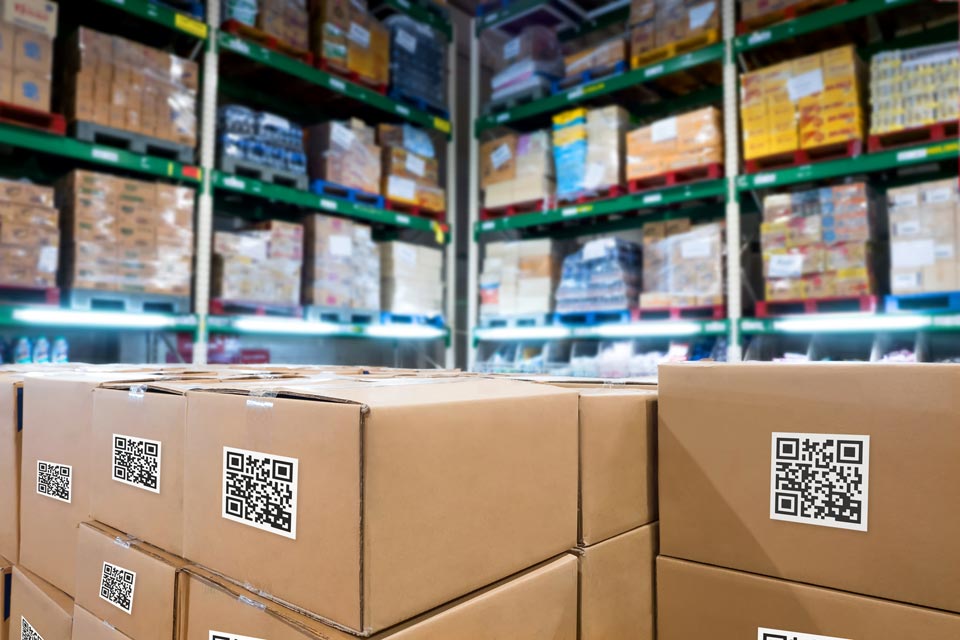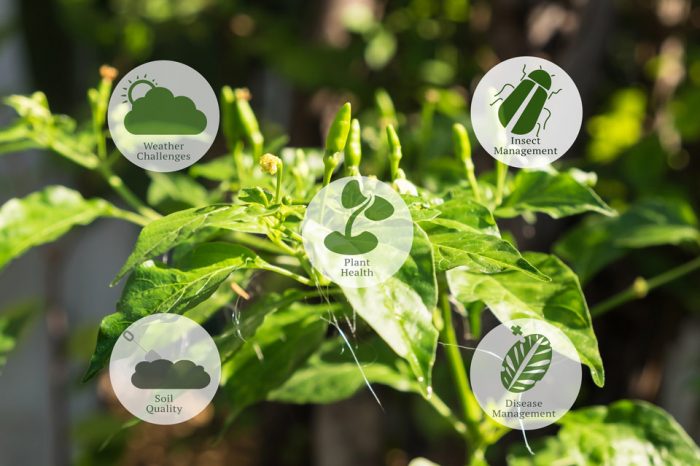IoT in logistics: eliminating waste and enhancing safety with cloud and local communications

Like seeds falling on fertile ground, implementations of IoT technology tend to crop up in the industries which are most ready to extract value from it. The logistics sector is one of the most promising fields for experimentation with new uses of the IoT. There is huge scope in logistics for eliminating inefficiencies such as wasted journeys, unused storage or haulage space, and the loss, theft, spoiling or impairment of goods in transit and in storage.
An estimate in a report published by Cisco Advisory Services and DHL suggests that there is $1.9tn of ‘value at stake’ from the implementation of IoT technology in the logistics industry, the result of improvements in efficiency, productivity and asset utilisation.
And the IoT provides a way around the two barriers which have most hampered the industry’s attempts to reduce or eliminate these inefficiencies in the past: the fragmented nature of the industry’s operations and systems; and the lack of granular data on shipments and inventories.
The IoT enables operators and service providers to solve both problems. Traditionally, the world’s major carriers, hauliers, ports, wholesalers and retailers have operated in closed silos of proprietary networks, which were expensive to install, and did not inherently provide for seamless interoperability with other companies’ information technology (IT) and operational technology (OT) systems. According to an Oracle Enterprise Architecture white paper, Improving Logistics and Transportation Performance with Big Data, ‘companies focused on logistic management and transportation historically used data warehouses and business intelligence tools to report on and analyse customer behaviour, optimise operations, and build advanced routing solutions’. These, says Oracle, are set to be superseded by the implementation of so called ‘Big Data’ management systems.
And the IoT provides an effective architecture for sharing and using Big Data. Its networking infrastructure is ready-made and cheap to use, and provides a platform for operational control and management based on standard protocols for data formatting, transmission, sharing, presentation and security. In future, small, cheap and even disposable wireless sensors will support item-level data logging and tracking, replacing the container-level monitoring to which the logistics industry has previously been restricted.
IoT in logistics: Opportunities for enhanced control of logistics operations
Information from IoT systems will enable logistics companies and their customers to:
- perform browser-based track and trace at the level of individual items and stock-keeping units (SKUs)
- benefit from cloud services provided by manufacturers of equipment, such as conveyors, trucks and forklifts
- enjoy real-time visibility of inventory throughout the supply chain
All the cloud and high-level networking infrastructure exists to support such uses of the IoT. But this infrastructure is also capable of supporting local as well as cloud-based operations. To take an example, a forklift might have a wireless chipset which provides a link to an internet gateway. A classic IoT use case for this technology is to upload operating data periodically to a cloud-based predictive maintenance software service.
But in a warehouse, other kinds of local wireless interactions might be beneficial: for instance, to send instant alerts to workers’ smartphones if they are in the path of a moving forklift; or to report to a management system on the number of pick-ups performed by a forklift operator in the course of a shift.
Here, the communication should be routed directly between the forklift and the worker’s smartphone, or between the forklift and the warehouse management system. This means that, when implementing an IoT system, logistics industry operators will want to evaluate network architectures which support both internet and local peer-to-peer communications.
The need for resistance to interference
The logistics industry also has a strong requirement for robust communications links. While a residential Wi-Fi® gateway can tolerate dropped connections and short intervals of downtime, for 24/7/365 logistics operations the communications systems are mission-critical. In the forklift’s collision-avoidance example described above, wireless uptime is also safety-critical.
Logistics operators therefore also need to carefully consider the wireless infrastructure used in electrically noisy environments such as warehouses, to ensure that the communications system is robust and resistant to all types of interference.
So for the logistics industry, IoT implementation is not only about the internet and the cloud, but about exploiting the potential for information exchange between sensors, equipment and systems locally as well to extract as much value as possible from all the equipment deployed.









